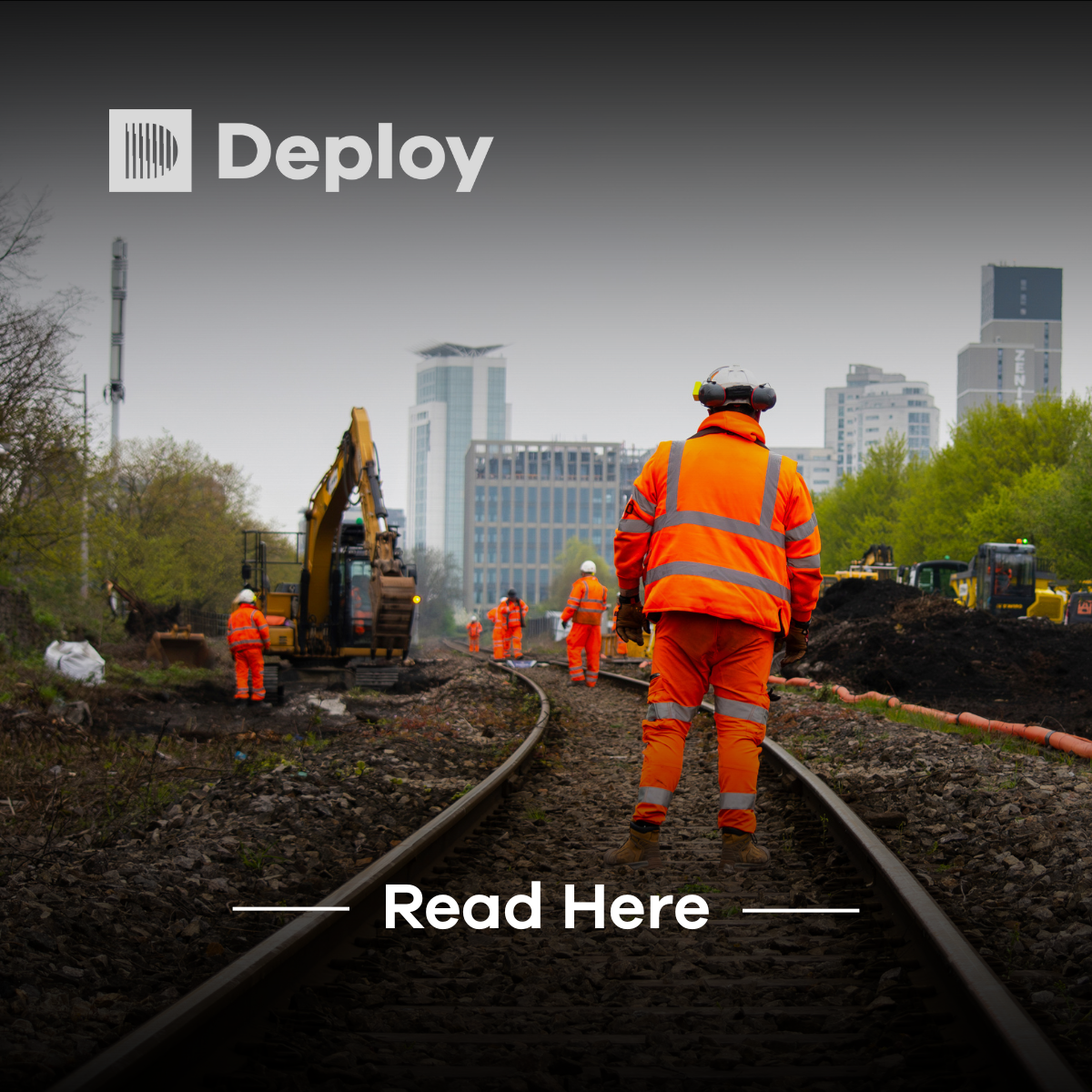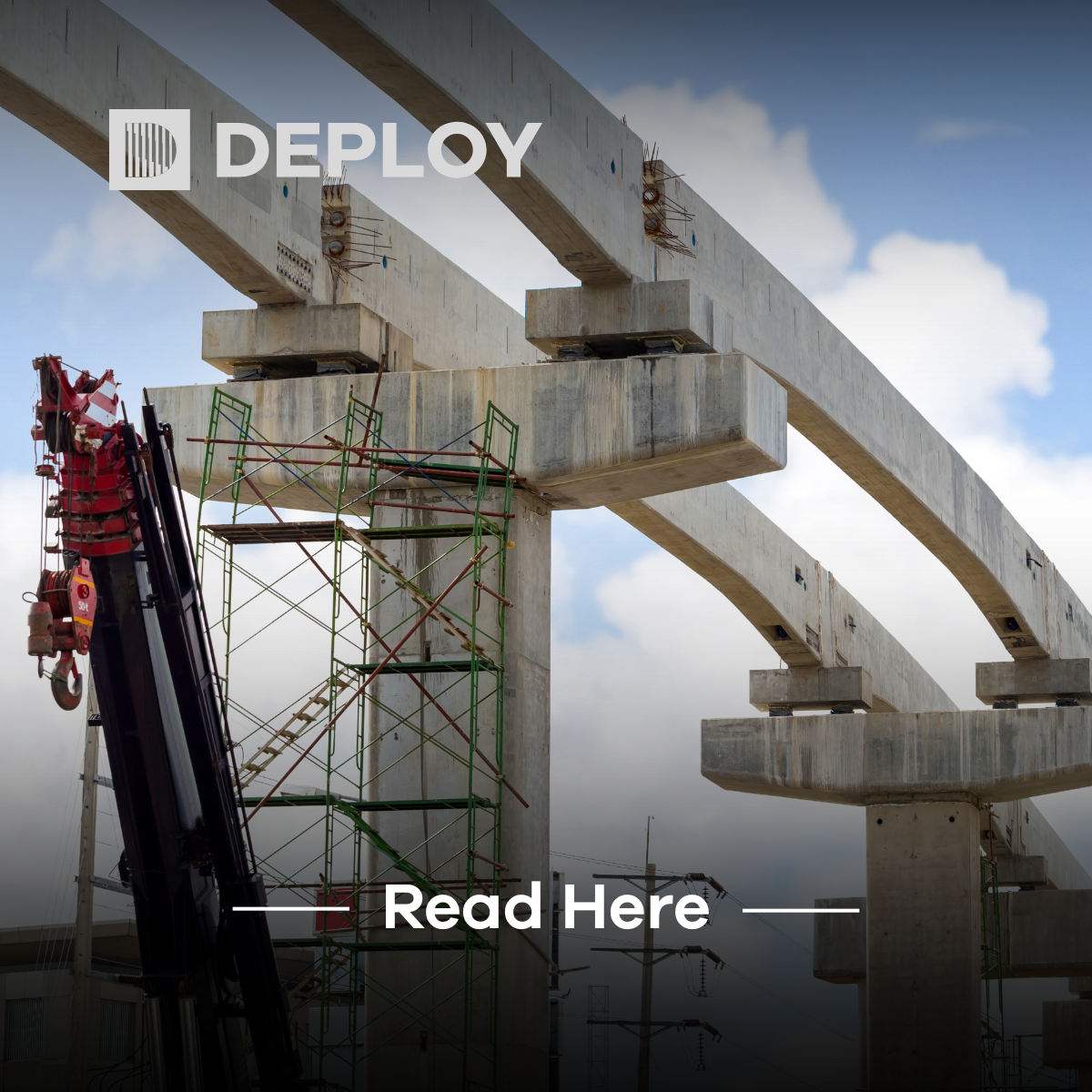International Project Services.
We offer full recruitment services at every stage of large-scale projects in the UK and abroad.
From Ireland to Greece to the USA, we cover all levels and roles, including analysis of project and requirements, recruitment budget management, troubleshooting, and ongoing support and workforce management.
Our market knowledge and consultative approach enable us to deliver agile solutions ingrained and embedded within projects.







